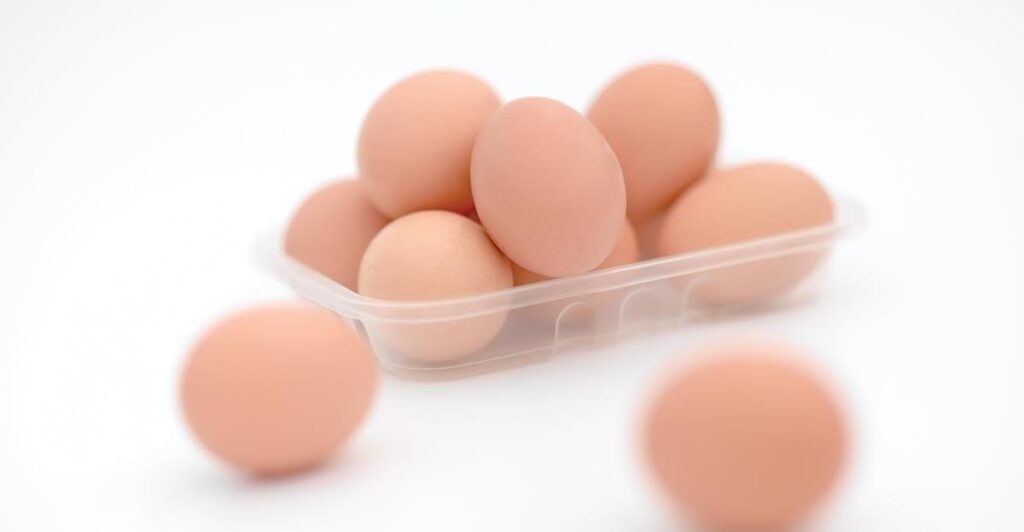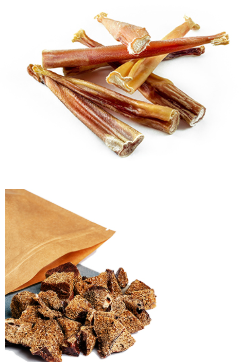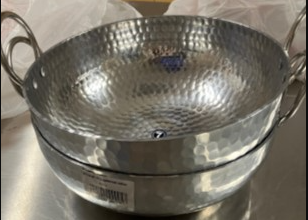The Public Health Agency of Canada (PHAC) says a Salmonella outbreak believed to be linked to dog food and treats has resulted in 31 confirmed infections in Alberta (14), British Columbia (14), Ontario (2), and the Northwest Territories (1). Seven people have been hospitalized in connection with the outbreak. Authorities say those figures only include laboratory-confirmed infections, and the true number of cases is likely significantly higher. “Researchers estimate that for each case of Salmonella reported to public health, there are 26 more cases that are not reported.”That estimate would put the true number of people affected by the outbreak at more than 800. The cases are due to Salmonella Oranienburg. Data from the PHAC shows confirmed Salmonella cases associated with the outbreak began in February. The most recent cases were confirmed in late September. “Many people who became sick in this outbreak investigation reported handling dog food and treats prior to becoming ill,” the PHAC says. “A single common supplier of dog food or treats has not been identified as the source of the outbreak.” There are currently no recalls in place, but health officials say the “likely source” of some of the illnesses reported in the outbreak was Puppy Love and Puppy World brand dog treats. The PHAC says Salmonella was found in samples of Puppy World Lamb Lung treats (150-gram, 340-gram, 454-gram bags); Puppy Love Chicken Wing Tip treats (120-gram bags); Puppy Love Chicken Breast treats (120-gram and 300-gram bags); Puppy Love Beef Chew six-inch treats (value pack, four pieces); and Puppy Love “Twisty Jr.” beef treats (value pack, five pieces). @ https://www.canada.ca/en/public-health/services/public-health-notices/2025/outbreak-salmonella-infections-dog-food-treats.html




